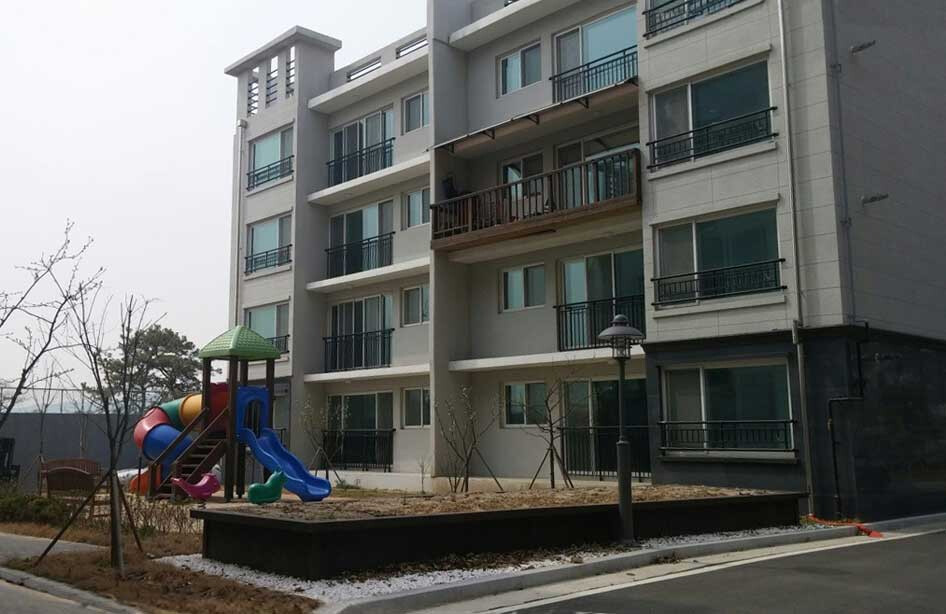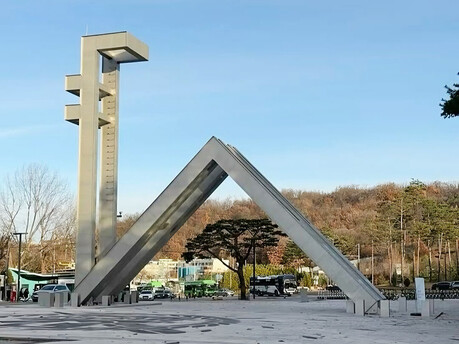
Seoul, South Korea – South Korea's Ministry of Land, Infrastructure, and Transport announced on January 20 that it will relax regulations on the construction area of urban living housing, effective January 21. This move is expected to increase the supply of mid-sized apartments to meet the growing needs of families with three or four members.
Urban living housing, typically found in urban areas, is defined as residential complexes with less than 300 households and units smaller than 85 square meters. Previously, only urban living housing units with a floor area of 60 square meters or less could be built five stories or higher. This restriction was aimed at catering to the increasing number of single-person and double-person households.
However, the revised regulations eliminate this floor area restriction. As a result, developers can now construct urban living housing complexes with units up to 85 square meters, which is equivalent to approximately 34 pyeong, and five or more stories. The goal is to provide more housing options for families of three or four members, resembling traditional apartments.
To further clarify the types of urban living housing, the term "small-sized housing" will be replaced with "apartment-type housing." Housing complexes with four stories or less will be categorized as either cluster-type row houses or cluster-type multi-family houses.
The government has also revised construction standards for apartment-type urban living housing. To ensure adequate parking spaces, households with a floor area of 60 to 85 square meters will be required to have at least one parking space per household, similar to general apartment complexes. Additionally, apartment-type housing complexes with 150 or more households with a floor area of 60 to 85 square meters will be mandated to provide communal facilities such as senior centers and children's playgrounds.
Kim Kyu-cheol, director-general of the Ministry's Housing and Land Bureau, stated, "This relaxation of floor area restrictions will enable the construction of larger urban living housing units, creating a more favorable environment for the supply of mid-sized apartments to accommodate families with three or four members."
[Copyright (c) Global Economic Times. All Rights Reserved.]






























